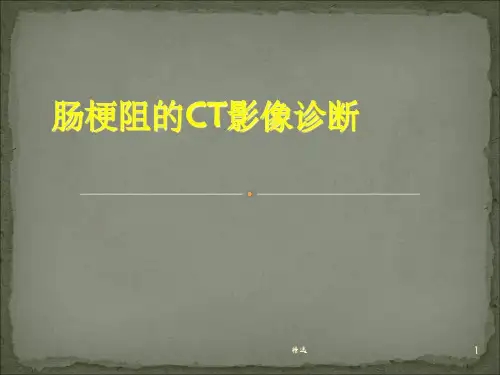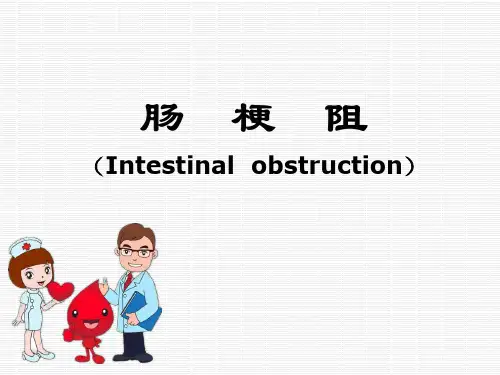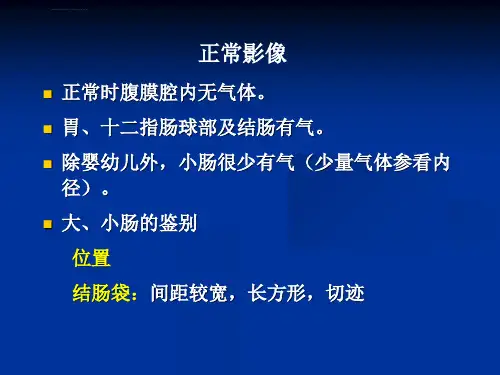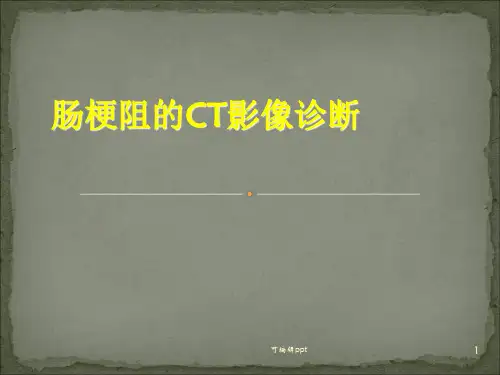Crohn’s disease, intestinal ischemia, intramural hemorrhage, angioedema, and vasculitis ■ Some neoplastic processes such as low-Tstage adenocarcinoma and some lymphomas can also show moderate thickening
Key points:
• The pattern of enhancement; • The length of involvement; • The degree of thickening; • Whether the thickening is symmetric or asymmetric;
•Marked Thickening
■ Lymphoma ■ Other neoplasms, vasculitis, Crohn’s disease, and intramural hemorrhage ■ Most cases of small-bowel wall thickening measuring > 20 mm are due to
Degree of Thickening
• When the normal small bowel is distended, the wall measures no greater than 2 mm. • Mural thickening can be stratified into three categories:
•Segmental Involvement
■ Intramural hemorrhage ■ Crohn’s disease ■ Lymphoma ■ Infectious enteritis ■ Occasionally, intestinal ischemia particularly when the cause is SMA embolus or SMV thrombosis










